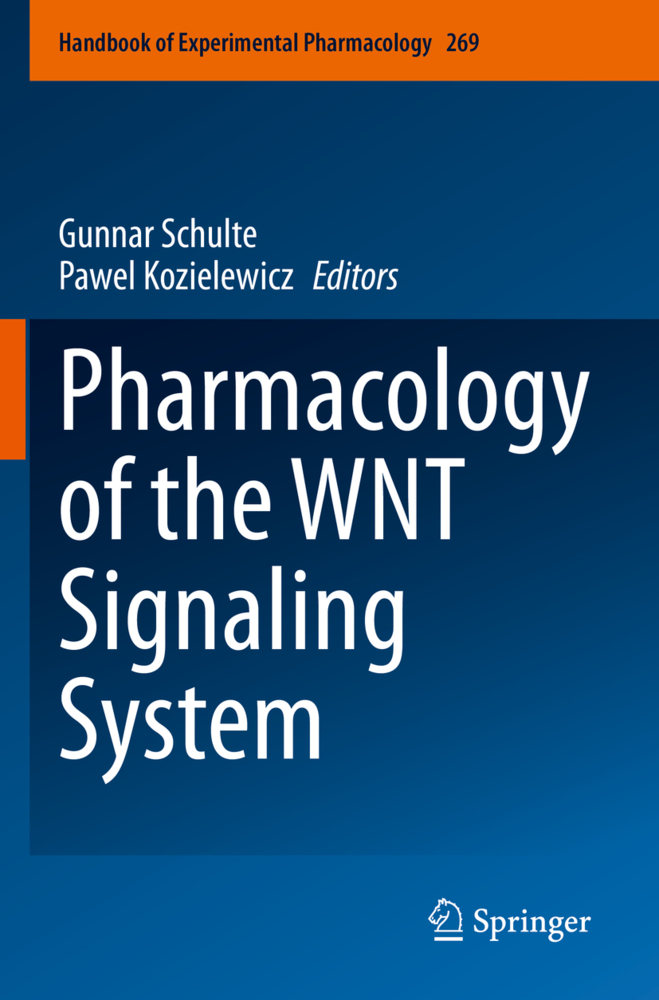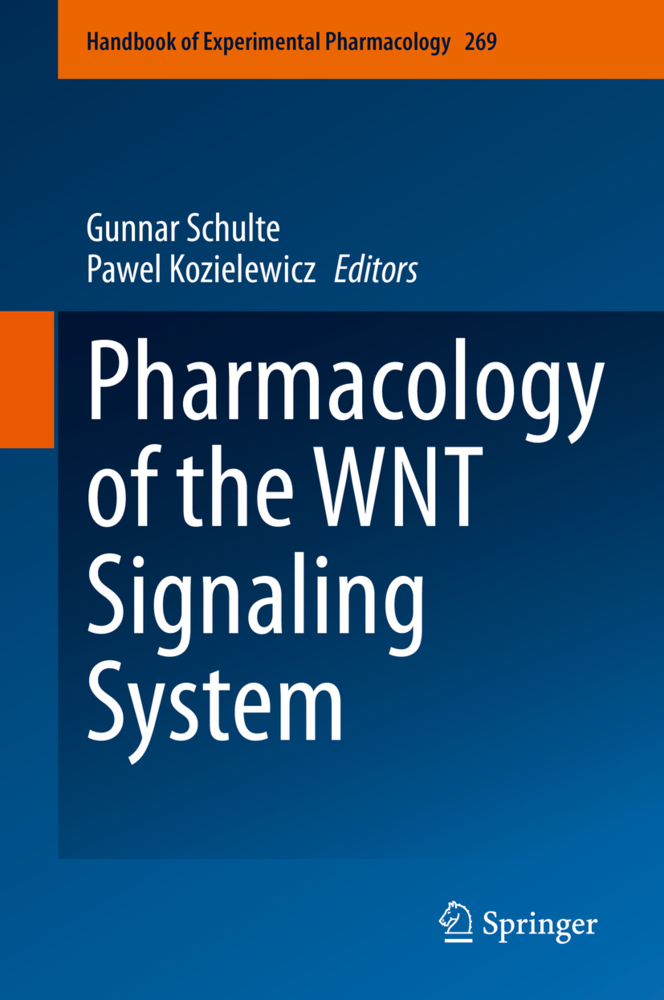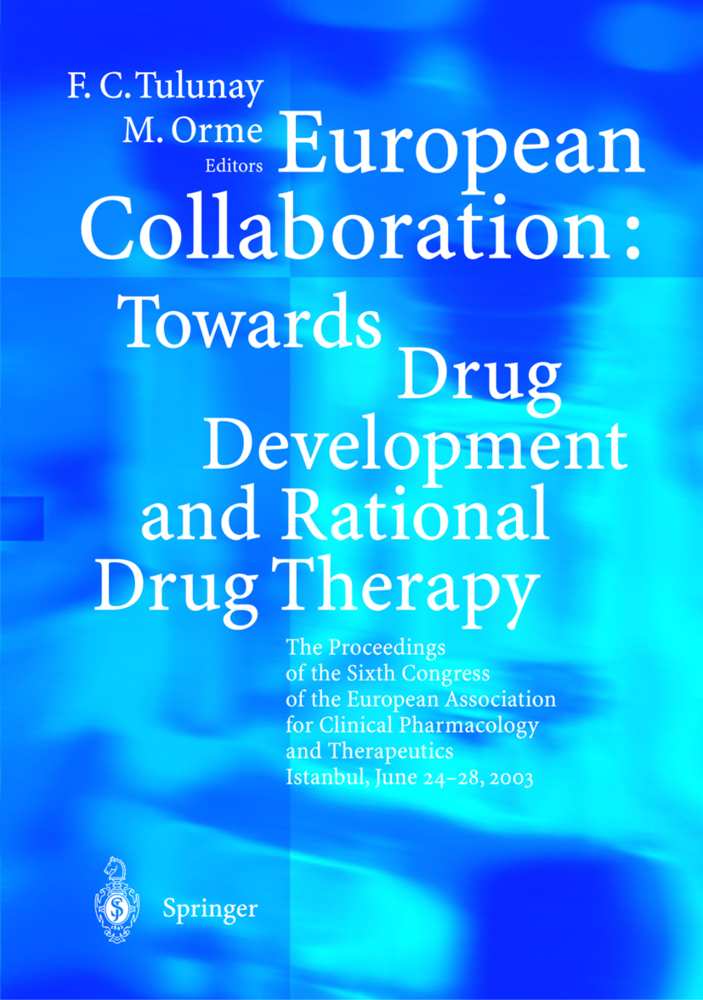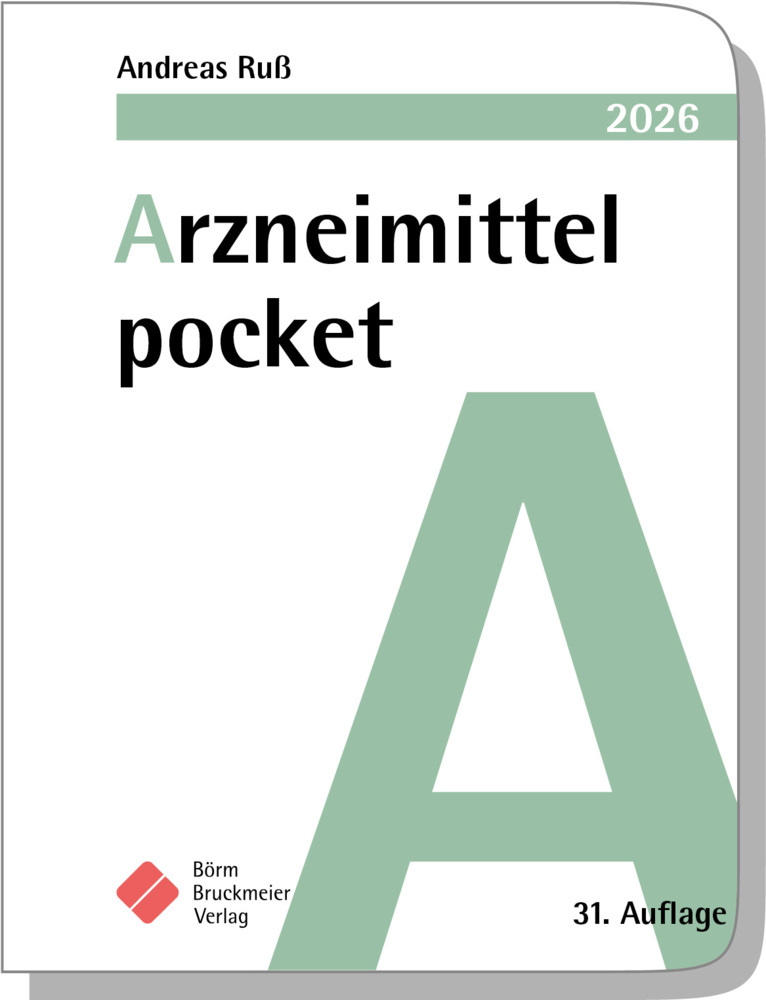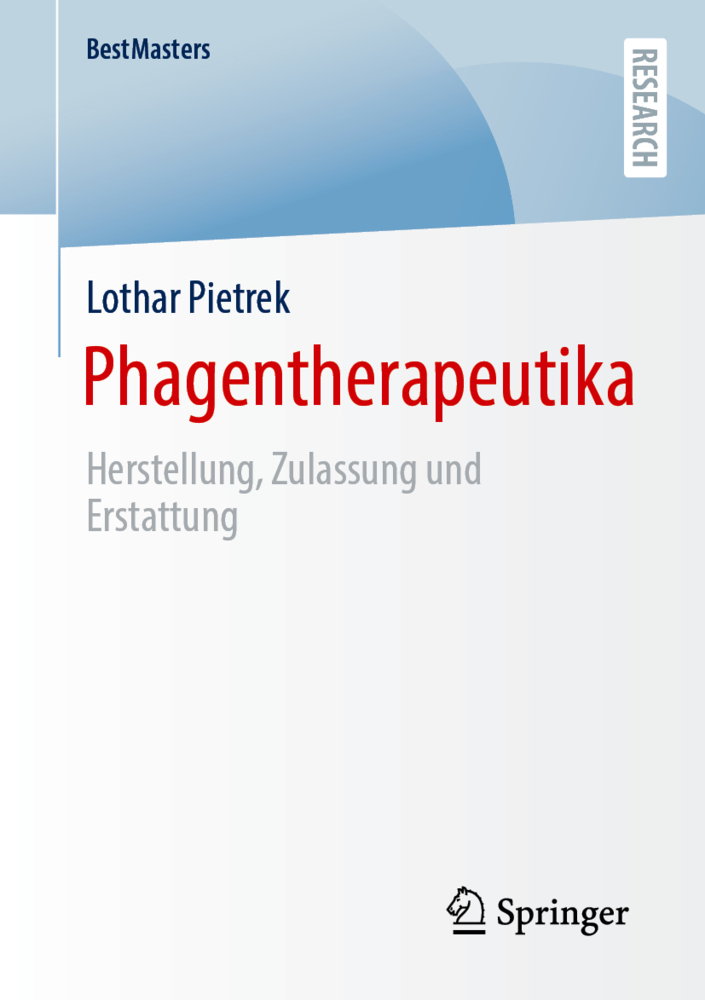Pharmacology of the WNT Signaling System
Pharmacology of the WNT Signaling System
This book reflects the state of the art of our understanding of the WNT signaling system, which comprises a network of signaling pathways initiated by the secreted WNT lipoglycoproteins, which are crucial for embryonal development, stem cell regulation, tissue homeostasis and repair. Dysfunction of this evolutionarily conserved signaling system leads to many diseases including developmental disorders, diverse forms of cancer, fibrosis, neurodegenerative disease and many more. The WNT signaling system is built upon 19 mammalian, secreted WNT lipoglycoproteins that interact with a plethora of distinct receptors, such as the G protein-coupled receptors called Frizzleds (FZD1-10), LDL receptor-like proteins (LRP5/6), receptor tyrosine kinases (ROR1, 2, RYK and PTK7). In addition, WNT pathways are tightly regulated by many secreted and cell-intrinsic negative regulators, such as soluble FZD-related proteins (SFRPs), Dickkopfs (DKKs), WNT-inhibitory proteins, TIKI, RNF43 and more. Understanding the basic mechanism in terms of receptor-ligand interaction, receptor selectivity, signal initiation and desensitization remain poorly understood, even though substantial advances have been made the recent years. Due to the involvement of the WNT signaling system in human disease, it appears obvious to target diverse branches pharmacologically and therapeutically. However, given the complexity of the system and its importance for stem cell regulation and tissue maintenance, therapy comes with obvious risks for severe side effects. The field is addressing the challenge to identify suitable targets and selective compounds for therapy allowing disease-selective therapeutic effects and balancing unwanted side effects. This book summarizes the current understanding of the basic and applied pharmacology in the WNT signaling system and bridges disciplines such as pharmacology, physiology, neurosciences, oncology and drug development.
Strategies to target LRPs in WNT signaling.- Targeting the receptor tyrosine kinase ROR1 by small molecules.- Assessing WNT binding and Frizzled activation employing genetically encoded, biophysical sensors
Disheveled proteins as crucial mediators of WNT signaling
Destruction complex and regulation of CTNNB1
Strategies to therapeutically target WNT/PCP like signaling in disease
Mining natural compounds to target WNT signaling - from mushrooms to corals.- FZD7 as a therapeutic target in intestinal cancer
Targeting oncogenic WNT signaling with WNT derived peptides
Targeting WNT signaling in lung pathology
The role of WNT signaling in osteoarthritis and the therapeutic potential of its pharmacological targeting
WNT signaling in Alzheimers disease and other neurodegenerative disorders - opportunities for therapy?
Targeting WNT signaling as a risk.
Pharmacological thinking in WNT signaling
Controlling WNT Signaling Specificity and implications for targeting WNTs pharmacologically.- WNTs on exosomesStrategies to target LRPs in WNT signaling.- Targeting the receptor tyrosine kinase ROR1 by small molecules.- Assessing WNT binding and Frizzled activation employing genetically encoded, biophysical sensors
Disheveled proteins as crucial mediators of WNT signaling
Destruction complex and regulation of CTNNB1
Strategies to therapeutically target WNT/PCP like signaling in disease
Mining natural compounds to target WNT signaling - from mushrooms to corals.- FZD7 as a therapeutic target in intestinal cancer
Targeting oncogenic WNT signaling with WNT derived peptides
Targeting WNT signaling in lung pathology
The role of WNT signaling in osteoarthritis and the therapeutic potential of its pharmacological targeting
WNT signaling in Alzheimers disease and other neurodegenerative disorders - opportunities for therapy?
Targeting WNT signaling as a risk.
Schulte, Gunnar
Kozielewicz, Pawel
| ISBN | 978-3-030-85501-7 |
|---|---|
| Artikelnummer | 9783030855017 |
| Medientyp | Buch |
| Auflage | 1st ed. 2021 |
| Copyrightjahr | 2022 |
| Verlag | Springer, Berlin |
| Umfang | VIII, 422 Seiten |
| Abbildungen | VIII, 422 p. 70 illus. |
| Sprache | Englisch |

